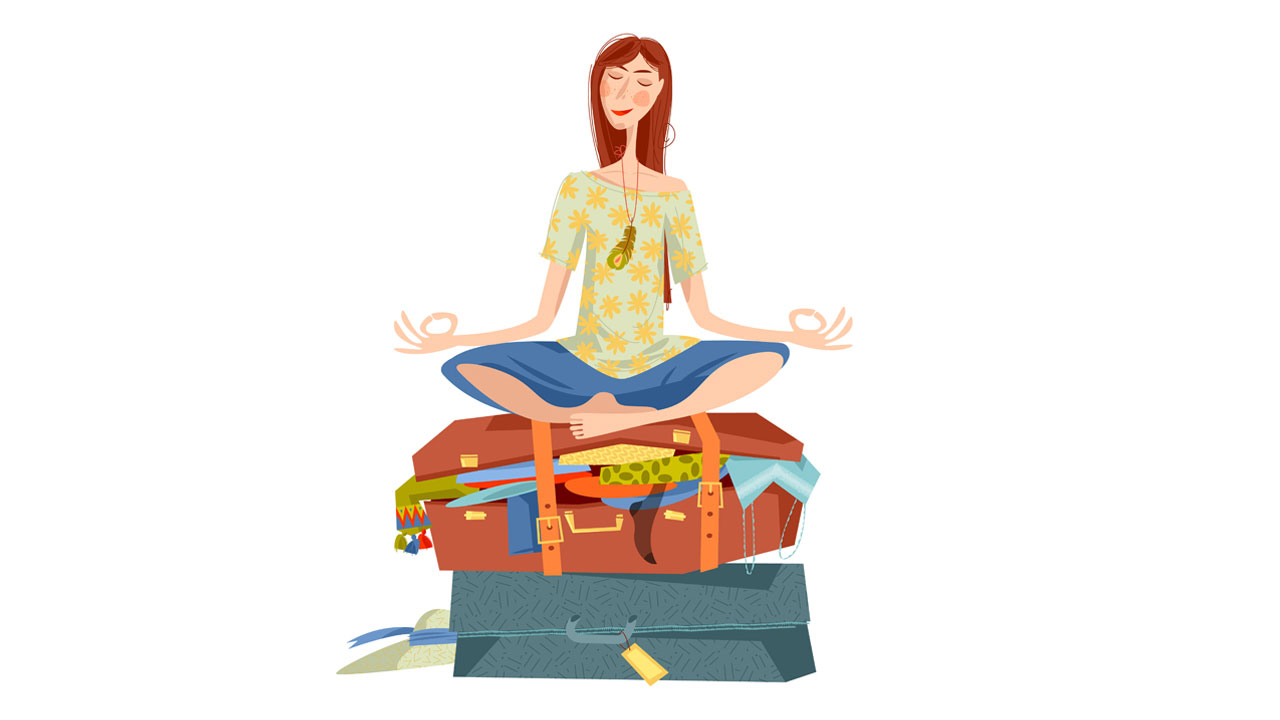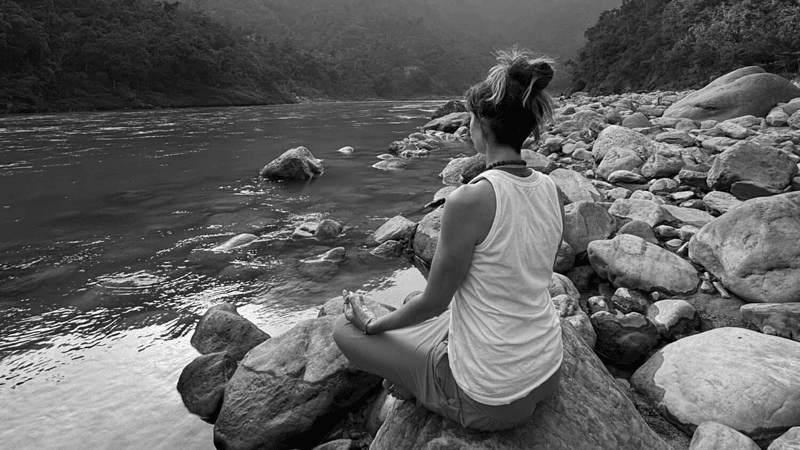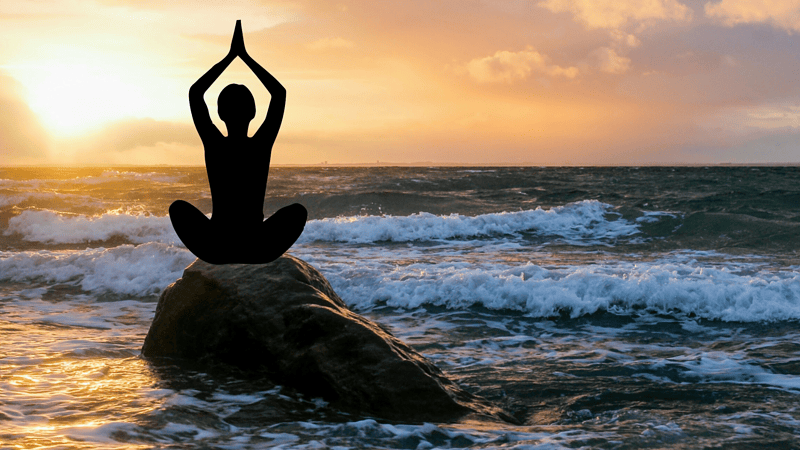
The yogic journey
A journey for good health and wisdom. By Kavaalya
Yoga is a subject that can been seen from various perspectives, but ultimately, we need to understand that, just like wakefulness and sleep, similarly, yoga is a state of being. It is experienced by integrating the faculties of head, heart and hands – where the ‘head’ represents the intellect, ‘heart’ represents emotions and ‘hands’ represents our actions.
Those who wish to know and experience the world of yoga do so for many reasons, such as improving physical fitness, to counter stress or health management. They may have seen other people practice yoga or heard from others about the benefits. Any reason can become a trigger point to start your yoga journey. However, one thing is clear: deep down all are aiming for good health and a little wisdom. These aspirants are called ‘beginners’ because they do not have first-hand experience.
When a person starts doing yoga, they do so with their personal objectives in mind – be it for reducing of stress, anxiety or to lead a healthier lifestyle. But that’s not all there is to yoga – and the journey begins as the person becomes aware of some of the other elements of the practice. The ultimate aim of yoga is to awaken and realise our hidden potential by leading the physical body to a healthier lifestyle, developing and nurturing positive qualities, and exploring the inner realms of our mind.
To make it more convenient for beginners, there are some important steps which can be followed:
1. NEED FOR GUIDANCE
First of all, yoga should always be learned directly from an institute or a teacher who has close connection to some traditional school of yoga. Progress can always be assured under the close supervision of a teacher because only an experienced teacher can guide the beginners as per their nature and personality.
2. SEQUENCE OF YOGIC COMPONENTS
The components of yoga should be applied in the following manner:
Pre-asana practices: Before moving into proper asanas, pre-asana practices like Pawanmuktasana series 1 to 3 are important as this helps to open up the joints, tones the muscles, improves the digestion, opens up energy blockages and makes the body ready to perform asanas.
Asanas: For beginners, a mostly dynamic group of asanas are helpful to develop flexibility and control over the body. In this context, they should go through the rules and regulations and the contra-indications pertaining to asanas and the limitation of their body, as directed by a qualified instructor. Practices like Tadasana, Tiryak Tadasana, Kati Chakrasaha, Marjari Asana, Bhujangasana etc. may be performed.
Relaxation/Yoga Nidra practice: After asanas they should do a relaxation practice to soothe the muscles, organs, body and breath so that they are ready for prepranayama and pranayama practices. Yoga Nidra is one of the best practices, which not only relaxes the body, but also awakens creativity by training the subconscious mind. Pre-pranayama practices:
Pre-pranayama practices like abdominal breathing, thoracicclavicular breathing and yogic breathing are necessary to correct the breathing pattern and allow the lungs and heart to get trained for the traditional practices of pranayama.
Pranayama: The yogis who have experienced the highest state of yoga say that the ‘real yoga’ begins with pranayama, where yogic experiences start manifesting. For beginners, balancing and tranquilising pranayama like Nadi shodhana pranayama and Bhramari pranayama make a good foundation.
Meditation: Experiencing meditation in the form of concentration and one-pointedness is the main goal of yoga. Beginners should start it with one very important practice called Trataka (concentrated gazing). It helps to enhance the ability to concentrate, release stress immediately and prepare oneself for higher stages of meditation.
Sequence: Ideally, yoga should be practiced in a sequence of asanas, relaxation, pranayama and meditation.
3. YOGA PHILOSOPHY
Apart from sequencing the components of yoga, beginners should also take an interest in the fundamental philosophy and history of yoga. This gives a broader and real perspective of yoga. To summarise, yoga for beginners is the most important chapter in the journey of a lifetime. If all the required criteria are fulfilled with sincerity, seriousness and commitment, then an individual will certainly get to inculcate universal human values, good health and wisdom through the practice of yoga.
Prashant Pandey is course director at Kavaalya
Yoga for Beginners
Starting a praṇayama practice: the breath of yoga.







